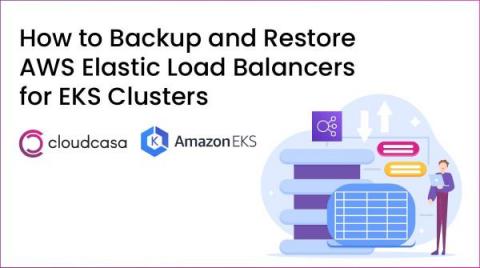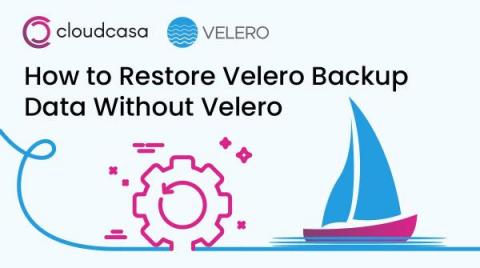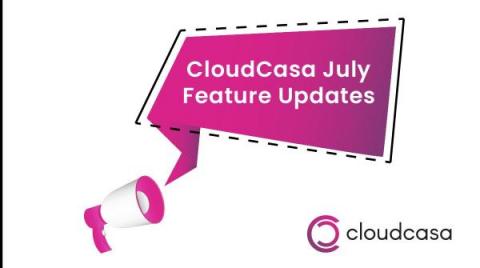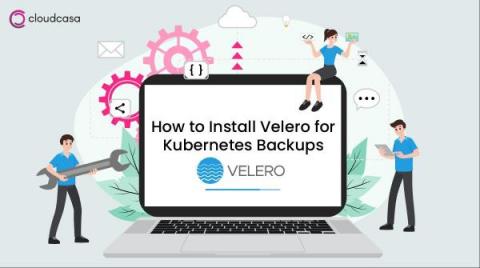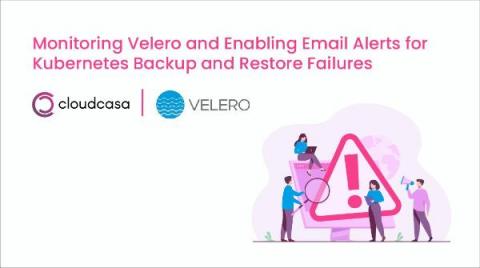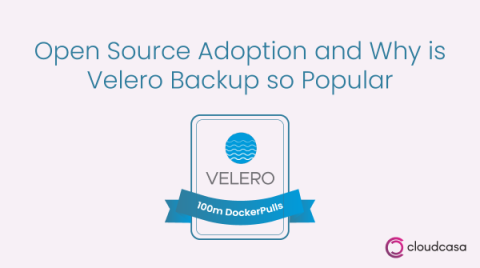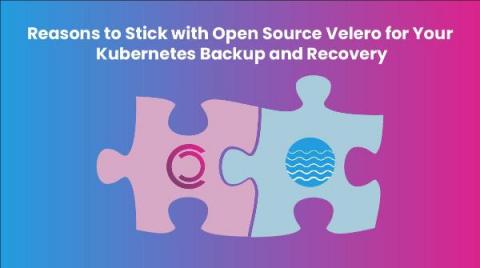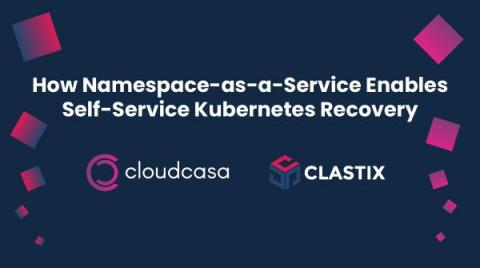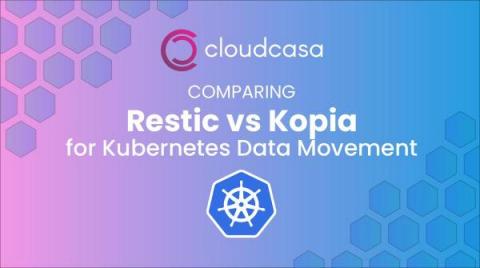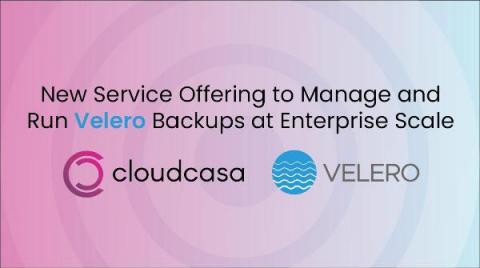How to Back up and Restore AWS Elastic Load Balancers for EKS Clusters
Load balancers are an integral component of any production environment. They allow the distribution of traffic across multiple available backend servers so that no single server becomes overwhelmed due to traffic. A load balancer can be configured for workloads running on AWS through the Elastic Load Balancer (ELB) service. At a high level, an ELB consists of 3 main components: AWS offers 3 different types of Elastic Load Balancers.


